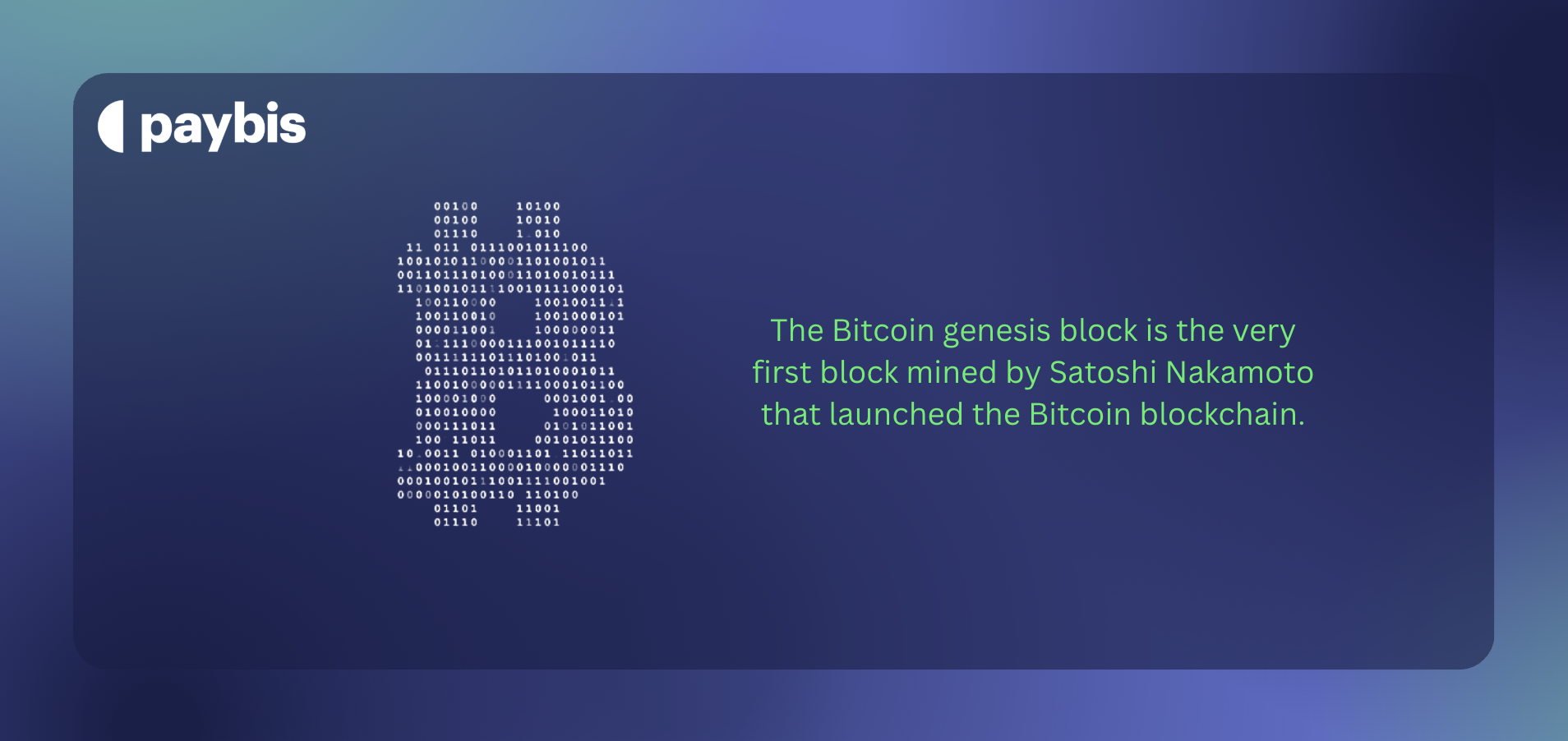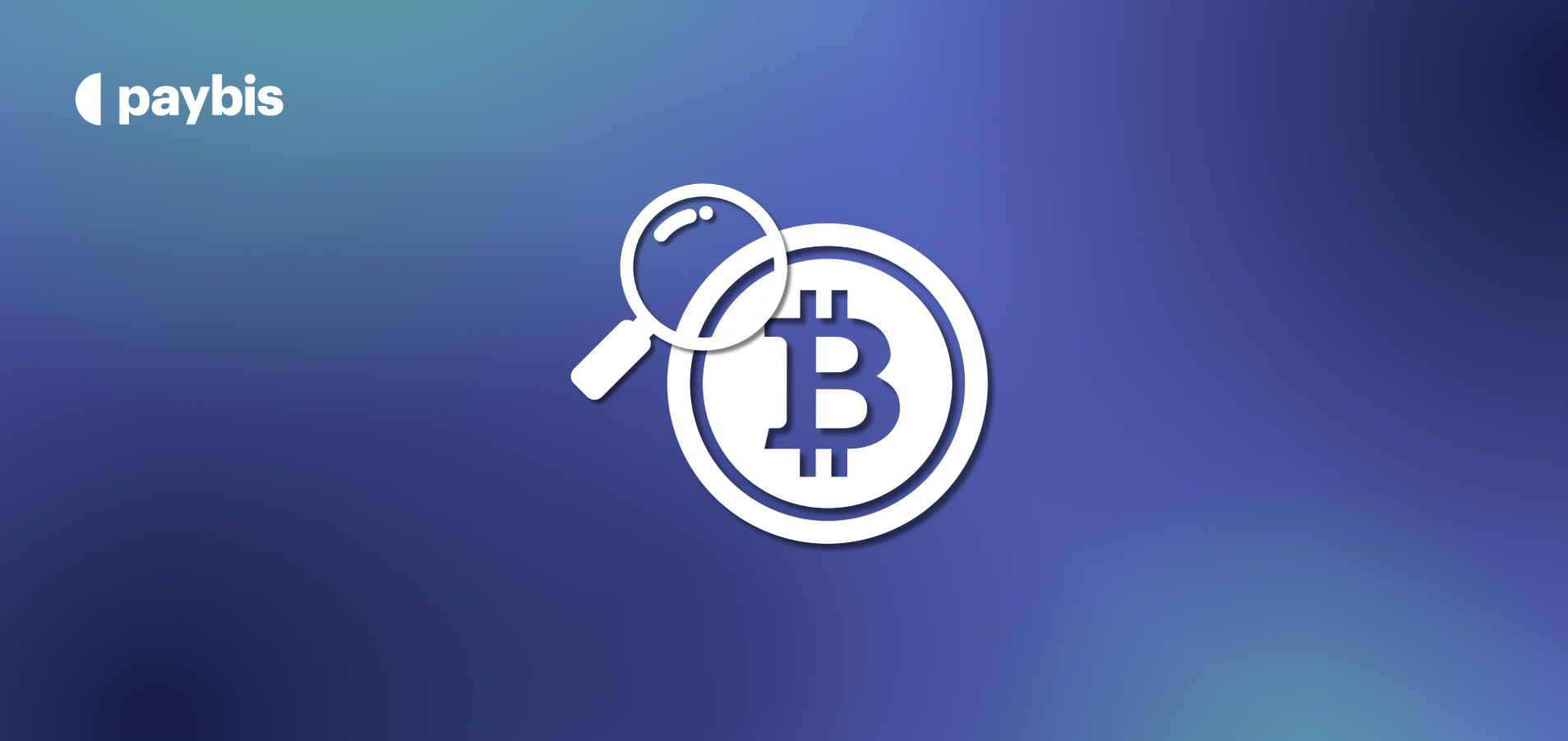The Story Behind Creation of the World’s First Digital Asset
The creator of cryptocurrency remains one of the greatest mysteries in financial technology and modern history. A person or group using the pseudonym Satoshi Nakamoto published a revolutionary paper titled “Bitcoin: A Peer-to-Peer Electronic Cash System” during the 2008 global financial crisis.
While Satoshi Nakamoto remains unknown and it’s unclear if we’ll ever get to the bottom of this mystery, what we can do is explore how cryptocurrency came to be.
Key Takeaways
- Bitcoin’s creation in 2008 by the mysterious Satoshi Nakamoto marked the birth of cryptocurrency, aiming to create decentralized digital money free from central authority control.
- The 2008 financial crisis exposed flaws in traditional banking and inspired Bitcoin’s trustless, transparent, peer-to-peer financial system.
- Blockchain technology became the foundation of cryptocurrency, ensuring secure, transparent, and immutable transaction records.
- The Genesis Block, mined by Nakamoto in January 2009, symbolized resistance to bank bailouts and launched the first decentralized digital currency network.
- From Bitcoin to thousands of altcoins, cryptocurrency has evolved into a trillion-dollar asset class, redefining money, finance, and digital ownership.
Table of contents
The Beginning of Cryptocurrency
Bitcoin’s design was based on a specific vision to create a decentralized digital currency or digital money that isn’t associated with or controlled by the central authorities. Nakamoto proposed a platform that would eliminate banking institutions and challenge the centuries-old trust-based banking system.
Cryptocurrency was invented as a response to the limitations of traditional financial systems, aiming to change how value is transferred and stored. Blockchain technology became the foundation of this vision, serving as a distributed public ledger that records all financial transactions.
Bitcoin’s supply was set at 21 million coins, but its effect has been boundless. Cryptocurrency has reshaped how we think about money, value, and financial systems, growing from a programmer’s experiment into a trillion-dollar asset class.
The Financial Crisis of 2008
The 2008 collapse of major financial institutions showed deep flaws in traditional banking systems. Many banks and investors lost large amounts of money because of risky housing loans, so when people couldn’t pay back their mortgages, the value of these loans collapsed, causing banks to fail.
The government stepped in with massive bank bailouts. Just two weeks before Bitcoin’s whitepaper appeared, US officials announced a bank rescue package through the “Emergency Economic Stabilization Act of 2008”.
The Release of the Bitcoin Whitepaper
A mysterious figure known as Satoshi Nakamoto published a nine-page document titled “Bitcoin: A Peer-to-Peer Electronic Cash System” on October 31, 2008. The document appeared on a cryptography mailing list and proposed something groundbreaking – a digital currency that worked without any central authority.
Shortly after publishing the whitepaper, Nakamoto released the first version of the Bitcoin software, marking the launch of the Bitcoin network. Nakamoto’s breakthrough wasn’t creating new concepts but combining existing cryptographic elements in unique ways. The whitepaper described:
- A peer-to-peer network structure
- A solution to the double-spending problem
- A proof-of-work consensus mechanism
- A decentralized public ledger (blockchain)
The Concept of a Decentralized System
Bitcoin was, or rather is, a result to a philosophical answer to the challenges of centralized banking. A decentralized system would eliminate third-party intermediaries, mainly banks. Bitcoin offered a new way to handle transactions directly between users without banks acting as middlemen, using cryptographic proof instead of trust.
The cypherpunk movement, a group of privacy activists who believed cryptography could protect personal freedom, strongly supported this radical vision. Bitcoin represented both a technological breakthrough and a powerful statement against the failed financial establishment.
Who Created Crypto?
The true identity of who created cryptocurrency remains hidden by choice, which adds mystery to this innovative financial concept. There is ongoing debate and speculation within the Bitcoin community about Satoshi Nakamoto’s identity.
Many theories about Nakamoto’s true identity range from an individual to a group of developers, and even specific candidates like Dorian Nakamoto or Craig Wright. Whoever the real creator is, Nakamoto chose to remain anonymous, and the reasons for remaining anonymous include:
- protecting privacy,
- ensuring security,
- upholding the principle of decentralization.
The First Bitcoin Block (Genesis Block)
Nakamoto mined the first block, called the “Genesis Block” or “Block 0” on January 3rd, 2009. This event marked the launch of the bitcoin network, establishing the foundation for a decentralized digital currency system.

The Bitcoin blockchain records all transactions as a long string of connected blocks, ensuring transparency, security, and the integrity of every transaction. The Genesis Block has another mysterious aspect: nobody can spend its 50 BTC reward, whether by design or mistake. Bitcoin supporters sometimes send small amounts to this address as a tribute, knowing these coins will be lost forever.
Early Adopters and the First Transactions
The first Bitcoin transaction took place on January 12, 2009, when Nakamoto sent 10 BTC to programmer Hal Finney. Bitcoin transactions work by using a public key, which is a long string of characters similar to an email address, to receive funds securely.
To send bitcoins, the sender must use their private key to authorize the transaction, ensuring only the rightful owner can transfer the funds. Each new transaction is verified by the network and recorded on the blockchain, creating a transparent and immutable ledger.
Finney had created a concept called Reusable Proof of Work that shaped Bitcoin’s design. Nick Szabo, Wei Dai, and Gavin Andresen joined as early supporters. Andresen later became Bitcoin’s lead developer after Nakamoto disappeared.
The Evolution of Digital Assets
Bitcoin’s creation in 2009 sparked the growth of a thriving digital asset ecosystem that now includes various applications and widespread acceptance. The total value of all cryptocurrencies in circulation has surged, reflecting the exponential growth and increasing mainstream acceptance of digital assets.
From Bitcoin to Ethereum and Beyond
A single cryptocurrency has grown into a complex digital asset class. Bitcoin dominated the market until 2017. Ethereum’s launch in 2015 changed everything by introducing smart contracts, technology that enabled blockchain to host software programs alongside cryptocurrency transactions.
This breakthrough led to sophisticated applications in finance and other sectors. Layer-2 networks like Hemi have emerged over the last several years. These networks combine Bitcoin’s security with Ethereum’s programmability.
The Rise of Altcoins
The cryptocurrency universe now includes thousands of alternative coins. Users can choose from over 20,000 cryptocurrencies, including:
- Bitcoin (BTC): The original cryptocurrency
- Ethereum (ETH): Powering smart contracts and decentralized applications
- Tether (USDT): A stablecoin pegged to the US dollar
- Binance Coin (BNB): Native token of the Binance exchange
- Solana (SOL): Known for high transaction speeds
Crypto As an Investment vs. Currency
Digital assets now serve purposes beyond payments. Cryptocurrencies work both as transaction methods and investment options. Many investors see Bitcoin as digital gold or a store of value. Different token types serve specific purposes:
- Utility tokens (like XRP and ETH) that serve specific functions
- Transactional tokens designed for payments
- Governance tokens representing voting rights
- Platform tokens supporting decentralized applications
- Security tokens representing ownership of assets
Conclusion
Satoshi Nakamoto’s creation of Bitcoin in 2008 sparked a financial revolution that replaced trust in banks with trust in code. Though Nakamoto’s identity remains unknown, their vision for decentralized money inspired thousands of digital assets and reshaped how the world views finance, ownership, and freedom.
FAQ
Who is Satoshi Nakamoto?
Satoshi Nakamoto is the pseudonym used by the unknown person or group who created Bitcoin and authored its original whitepaper in 2008. Despite numerous theories and investigations, Nakamoto’s true identity remains a mystery to this day.
How does cryptocurrency mining work?
Cryptocurrency mining is the process of verifying transactions and adding new blocks to the blockchain. Miners compete to solve complex mathematical puzzles, and the first to find a solution receives newly created coins as a reward. This process also gradually introduces new coins into circulation.
What is blockchain technology?
Blockchain is a distributed digital ledger that records all cryptocurrency transactions across a network of computers. It operates without a central authority, making it secure and transparent. Each transaction forms part of a “block” that links to previous blocks, creating a tamper-resistant chain of information.
How many cryptocurrencies exist today?
As of now, there are over 20,000 different cryptocurrencies in existence. While Bitcoin remains the most well-known and valuable, many other cryptocurrencies (often called altcoins) serve various purposes and offer different features.
Is cryptocurrency legal worldwide?
The legal status of cryptocurrency varies by country. As of 2025 October, cryptocurrency is fully legal in 45, partially banned in 20, and generally banned in 10. Many countries are developing regulatory frameworks to address the growing adoption of digital assets.
Who owns 70% of Bitcoin?
No single person or entity owns 70% of Bitcoin – this figure refers to the combined holdings of many individual (non-institutional) holders. In reality, the largest known holder, Satoshi Nakamoto, controls only about 4–5% of the total supply.
Disclaimer: Don’t invest unless you’re prepared to lose all the money you invest. This is a high‑risk investment and you should not expect to be protected if something goes wrong. Take 2 mins to learn more at: https://go.payb.is/FCA-Info


